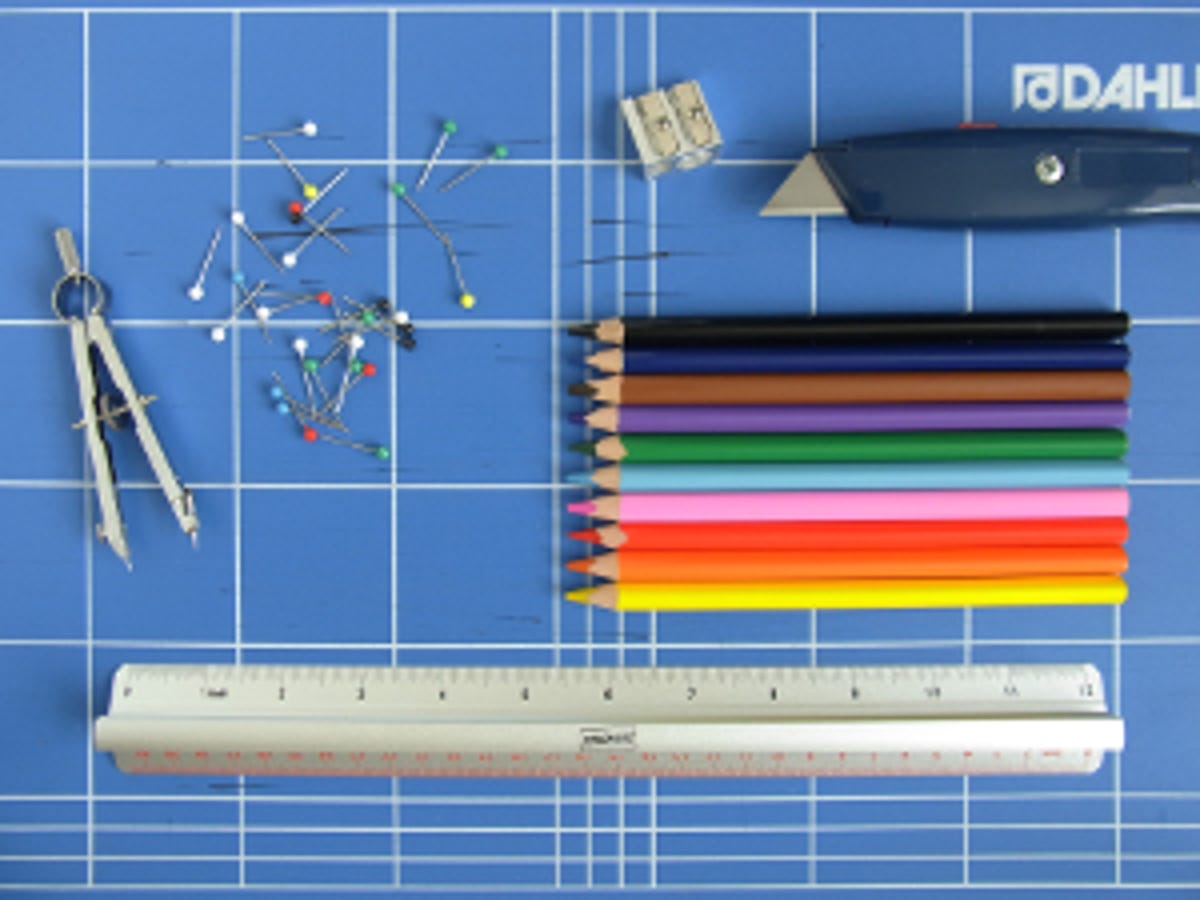 Why You Can Trust CNET
Why You Can Trust CNET Ricoh CX3 review: Ricoh CX3
The 10-megapixel CX3 is no ordinary compact superzoom -- it's packed with features aimed at true photo enthusiasts, rather than casual snapshooters. Its picture quality is limited by its small sensor, but its 10.7x zoom range is great, its LCD display is excellent and its 10mm macro mode is fantastic
The Ricoh CX3 is no ordinary compact superzoom. It looks pricey at around £300, and the Ricoh brand doesn't have the cachet of Canon, Nikon and others. But Ricoh's packed in plenty of interesting features, including a 10.7x zoom, pitching the CX3 at true photo enthusiasts rather than gadget-hungry snapshooters.
The Good
The Bad
The Bottom Line
Feature fiend
Instead of getting caught up in the ever-escalating megapixel wars, Ricoh's opted for a modest, 10-megapixel CMOS sensor designed for high performance and low noise. You certainly get the high performance. The CX3 can shoot at 5 frames per second at full resolution, which is pretty rare for a compact camera, and has a high-speed mode capable of capturing images at up to 120fps at a 640x480-pixel resolution.

The autofocus is pretty snappy, too, and has some hidden depths. You can choose the focus point manually, as you might expect, and you get a fully manual focus mode too. But there's also Ricoh's 'snap' focus mode, which gets you a shot without any shutter lag at all if you quickly stab at the shutter release (it uses a preset focus distance). You can even 'bracket' your focus point -- the camera takes a series of shots and you pick the one you feel works the best.
Ricoh's clearly thought long and hard about ways to improve on standard camera controls and features, and the multi-point white-balance system is another example. It adjusts the colours region by region, and it's perfect if you've got a mixture of daylight and artificial light in the same shot.
The 'dynamic range double shot' mode tackles a different problem -- highlight blow-out and black shadows in harsh lighting. The camera takes two shots at two different exposures, and then combines them. It works rather well. A tripod is recommended to make sure both shots line up, but they're taken in such quick succession that you can probably get away with holding the camera in your hands in most conditions.
On the back is an excellent 76mm (3-inch), 920,000-pixel LCD display of the sort of quality you normally see only on semi-professional digital SLRs. There's also an adjustment 'thumbstick', which you can configure with the settings you change most often, such as ISO, white balance and so on.
Sensor sadness
It's a great set of features, but the performance envelope of any 1/2.3-inch sensor is pretty restricted, and the CX3's is no exception. The definition is adequate at low ISOs, but deteriorates quickly at higher sensitivities. Ricoh's put plenty of effort into its high-ISO noise-reduction processes, which now include manual control over the strength and a 'max' setting that analyses and processes different parts of the image differently, but all you get is some rather disappointing trade-offs between noise and mush. If you want high ISOs, you need a dSLR.
The movie mode is rather weak, too. The CX3's footage might have a 720p resolution, but it's not very sharp, the autofocus doesn't work during filming and neither does the zoom.
Then there's the CX3's styling. It's a small step from minimalism to utilitarianism, and the CX3 has taken it. It's practical, but that's about the kindest thing you can say about it.
Conclusion
The Ricoh CX3 is a superzoom with a difference. Most decent cameras have just a couple of good features, but this one's got a dozen. The zoom range is great, the macro mode is fantastic and the LCD display is superb. But the sensor can't really match the quality of the rest of the CX3, and the result is a great camera that takes average pictures.
Edited by Charles Kloet
